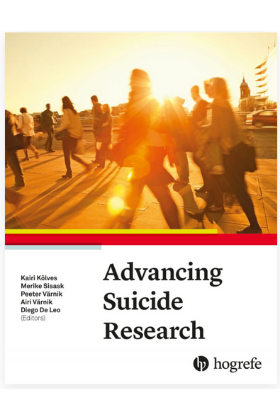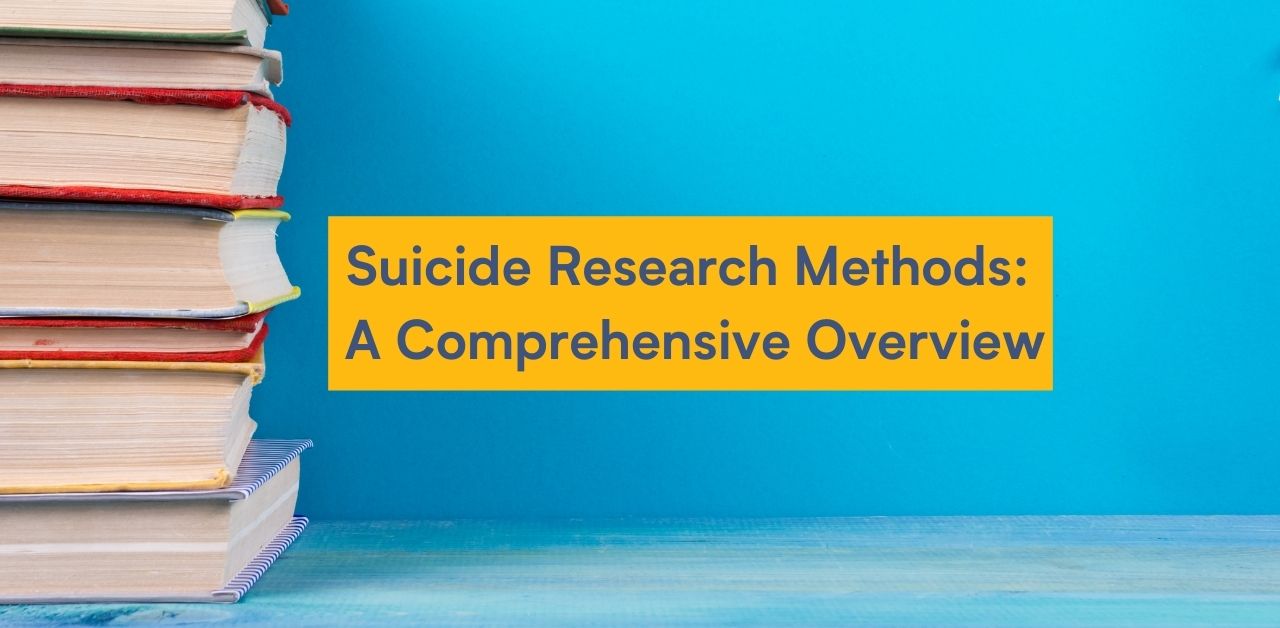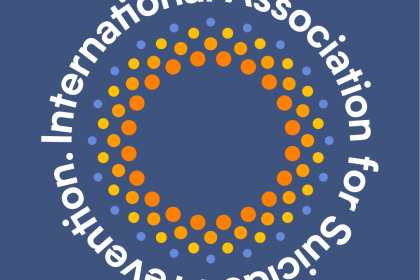Review of the book: Kolves, K., Sisask, M., Varnik, P., Varnik, A., & De Leo, D. (Eds.) (2021), Advancing Suicide Research. Göttingen, Germany/Boston, MA: Hogrefe. ISBN: 9780889375598
Suicide remains a complex and persistent public health problem globally. Research is essential to enhance our understanding of suicide and its prevention. Over the decades, various approaches have been developed to study the biological, psychological and sociocultural risk and protective factors of suicide, and the potential effectiveness of clinical and public health interventions. However, no comprehensive textbook regarding research methods in this field existed. A team of five renowned experts (Kolves, Sisask, Varnik, Varnik & De Leo) have joined hands to fill this gap and edited the first textbook regarding research methods in suicide studies. The sixteen chapters are written by international experts and cover a myriad of topics across quantitative and qualitative research methods.

The first chapter sets the scene by providing a historical overview of suicide research, followed by chapters two to five, addressing definitions in suicide research, public health approaches, ethical aspects of suicide research, and measures in suicide research. Chapter six discusses the different types and designs of observational studies, which are frequently used in suicide research, while chapter seven focuses on the different types of intervention studies and their planning, implementation and evaluation. Chapter eight presents the possibilities of data linkage, especially from national databases, in suicide and suicide intervention studies.
Chapter nine outlines different qualitative research methods with regards to their theoretical background, data collection and analysis, followed by chapter ten addressing mixed-methods research approaches. Chapter eleven details the method of the psychological autopsy, probably one of the first research methods in contemporary suicide research. Chapter twelve describes the methodologies of pilot and feasibility studies, and chapter thirteen presents procedures to conduct systematic reviews and meta-analyses. The final three chapters round up the book. Chapter fourteen presents how to evaluate suicide prevention activities, and chapter fifteen looks at suicide prevention research through a health economics perspective. The final chapter reflects on the future of suicide prevention including the use of new technologies. The volume ends with an overview of the contributors and a handy subject index.
Overall, the volume is an impressive collection of chapters addressing the important aspects of methods in suicide research. In addition to the various quantitative approaches, this includes qualitative and mixed-methods research methods. The volume will be a landmark resource for anyone involved in this field. It will be a source of inspiration for young researchers who want to learn about particular research methods, as well as for experienced researchers who want to explore other methods than the ones that they usually apply. It will also be valuable for clinicians and policymakers who are involved in the planning and evaluation of suicide prevention programs.
Karl Andriessen, PhD
Centre for Mental Health
School of Population and Global Health
The University of Melbourne
Australia
karl.andriessen@unimelb.edu.au





